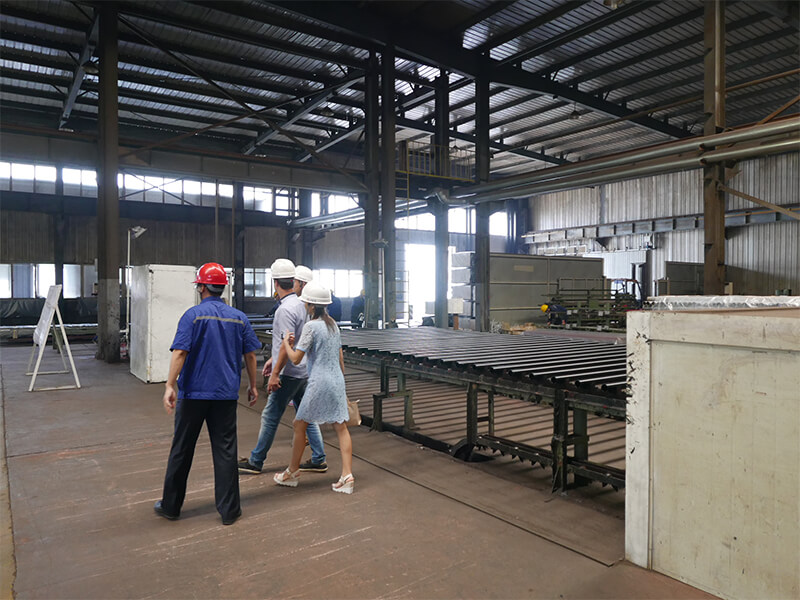- Afrikaans
- Albanian
- Amharic
- Arabic
- Armenian
- Azerbaijani
- Basque
- Belarusian
- Bengali
- Bosnian
- Bulgarian
- Catalan
- Cebuano
- China
- China (Taiwan)
- Corsican
- Croatian
- Czech
- Danish
- Dutch
- English
- Esperanto
- Estonian
- Finnish
- French
- Frisian
- Galician
- Georgian
- German
- Greek
- Gujarati
- Haitian Creole
- hausa
- hawaiian
- Hebrew
- Hindi
- Miao
- Hungarian
- Icelandic
- igbo
- Indonesian
- irish
- Italian
- Japanese
- Javanese
- Kannada
- kazakh
- Khmer
- Rwandese
- Korean
- Kurdish
- Kyrgyz
- Lao
- Latin
- Latvian
- Lithuanian
- Luxembourgish
- Macedonian
- Malgashi
- Malay
- Malayalam
- Maltese
- Maori
- Marathi
- Mongolian
- Myanmar
- Nepali
- Norwegian
- Norwegian
- Occitan
- Pashto
- Persian
- Polish
- Portuguese
- Punjabi
- Romanian
- Russian
- Samoan
- Scottish Gaelic
- Serbian
- Sesotho
- Shona
- Sindhi
- Sinhala
- Slovak
- Slovenian
- Somali
- Spanish
- Sundanese
- Swahili
- Swedish
- Tagalog
- Tajik
- Tamil
- Tatar
- Telugu
- Thai
- Turkish
- Turkmen
- Ukrainian
- Urdu
- Uighur
- Uzbek
- Vietnamese
- Welsh
- Bantu
- Yiddish
- Yoruba
- Zulu
Қар . 07, 2024 21:19 Back to list
Innovations and Techniques in Foundry Casting for Enhanced Metal Fabrication
Foundry Casting An Essential Component of Modern Manufacturing
Foundry casting is a critical manufacturing process that has been utilized for centuries to create a wide variety of metal objects. From intricate jewelry to large industrial components, the casting process plays a vital role in shaping the products that we use daily. This article delves into the fundamentals of foundry casting, its techniques, benefits, and its significance in contemporary manufacturing.
At its core, foundry casting involves pouring molten metal into a mold to produce a desired shape once it cools and solidifies
. This method can be applied to various metals, including iron, steel, aluminum, and bronze, making it an incredibly versatile technique. The process begins with the creation of a mold, which can be made from different materials such as sand, metal, or ceramic. The choice of mold material often depends on the specifications of the final product and the metal being used.One of the most common types of casting is sand casting, where a mold is made from a mixture of sand and a bonding agent. This technique is favored for its low cost and the ability to create complex shapes. In addition to sand casting, other methods like investment casting, die casting, and lost-wax casting are also widely used, each offering unique advantages. Investment casting, for instance, is often employed for producing intricate parts with tight tolerances, making it ideal for the aerospace and medical industries.
The benefits of foundry casting are numerous. Firstly, it allows for the production of components with complex geometries that would be challenging or impossible to achieve through traditional machining methods. This flexibility leads to reduced material waste and an overall cost-effective manufacturing process. Moreover, casting can be scaled to meet varying production volumes, whether it’s a few pieces or thousands, accommodating both small-scale artisans and large industrial manufacturers.
foundry casting

Another significant advantage of casting is the ability to reproduce consistent and high-quality parts. Advanced techniques and technologies have been developed, such as computer-aided design (CAD) and computer-aided manufacturing (CAM), which enhance the precision of the casting process. These innovations enable manufacturers to meet strict industry standards and client specifications, ensuring that the final products are reliable and durable.
Foundry casting also has a profound impact on numerous industries, including automotive, aerospace, construction, and energy. In the automotive sector, for example, cast components are essential for engine blocks, transmission housings, and suspension parts. The aerospace industry relies on casting for manufacturing lightweight and complex parts that can withstand extreme conditions. Furthermore, the construction industry employs cast iron and concrete products extensively, from pipes to architectural elements, showing the versatility of this manufacturing process.
As the demand for sustainable manufacturing practices increases, foundry casting has also evolved. Efforts are being made to reduce the carbon footprint associated with metal casting processes. This includes the recycling of metal scrap, the use of eco-friendly mold materials, and the adoption of energy-efficient melting technologies. Such initiatives help mitigate the environmental impact and ensure the longevity of the foundry industry.
In conclusion, foundry casting remains a cornerstone of modern manufacturing, providing the necessary processes to create a vast array of metal products. With its ability to produce complex shapes, achieve high precision, and accommodate various production volumes, casting is invaluable across many industries. As technology advances and sustainability becomes a priority, foundry casting will continue to adapt and thrive in the ever-evolving landscape of manufacturing. Its rich history and ongoing innovation ensure that it will remain a key player in shaping the future of industrial production.
-
Durable Centrifugally Cast Iron Water Main Pipe
NewsAug.11,2025
-
Centrifugally Cast Iron Water Main Pipes for Reliability
NewsAug.10,2025
-
High-Quality Centrifugally Cast Iron Water Main Pipes
NewsAug.09,2025
-
Durable Cast Iron Water Main Pipe & Drainage Solutions
NewsAug.08,2025
-
Buy Cast Iron Pipe: Premium Ductile Iron & Drain Solutions
NewsAug.07,2025
-
Durable Cast Iron Water Main Pipe | Buy Ductile Pipe
NewsAug.06,2025


